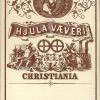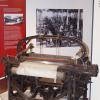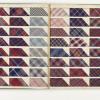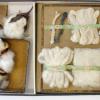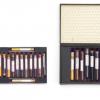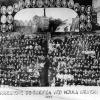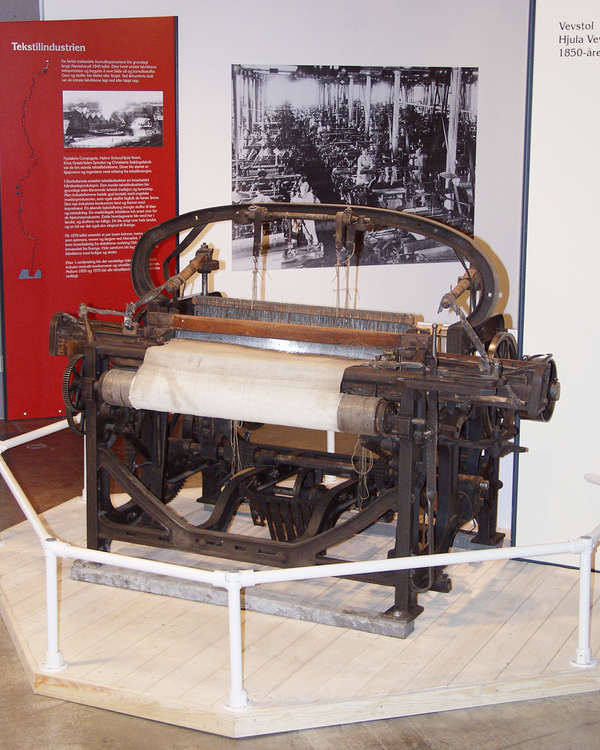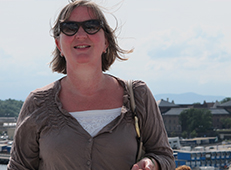Machines on the move: Manchester goes European
Machinery for spinning and weaving cotton were mostly made in Great Britain and exported to foreign countries.
Halvor Schou cooperated with different British machinery makers and building constructors while developing his textile mill about 1850. Among these was the civil engineer William Fairbairn. He was one of the first engineers to conduct systematic investigations of failures of structures. He tested iron girdles and glass constructions to avoid collapse of industrial buildings and bridges.
Another firm Schou cooperated with was John Hetherington & Sons that was engaged both in construction and planning of the mill and delivering of machinery. When the mill expanded, many looms were bought from the British firm Parr, Curtis and Madeley.
All of these collaborators worked in the Manchester area, which was the centre of the British cotton industry. But Halvor Schou was a widely-travelled man. He was educated in Lübeck (Germany), his father was Danish and his father-in-law English. It is assumed that he became interested in textile industry in the 1840s when he made a journey to Norrköping that was the main textile town in Sweden in the middle of the 19th century.
In 1851 and in 1862 Schou visited the world exhibitions in London, making contact with British producers.
 Previous Story
Next Story
Previous Story
Next Story
How to cite this page
Tone Rasch, 'Machines on the move: Manchester goes European', Inventing Europe, http://www.inventingeurope.eu/story/machines-on-the-move-manchester-goes-european
Sources
- Bruland, Kristine. British Technology and European Industrialization: the Norwegian Textile Industry in the Mid Nineteenth Century. Cambridge; New York: Cambridge University Press, 1989.
- Grieg, Sigurd. Norsk tekstil, Vol. 1 & 2. Oslo: Johan Grundt Tanum, 1948-50.
- The life of Sir William Fairbairn, Bart: Partly Written by Himself, edited by William Pole. Devon: David & Charles reprints, 1970.





